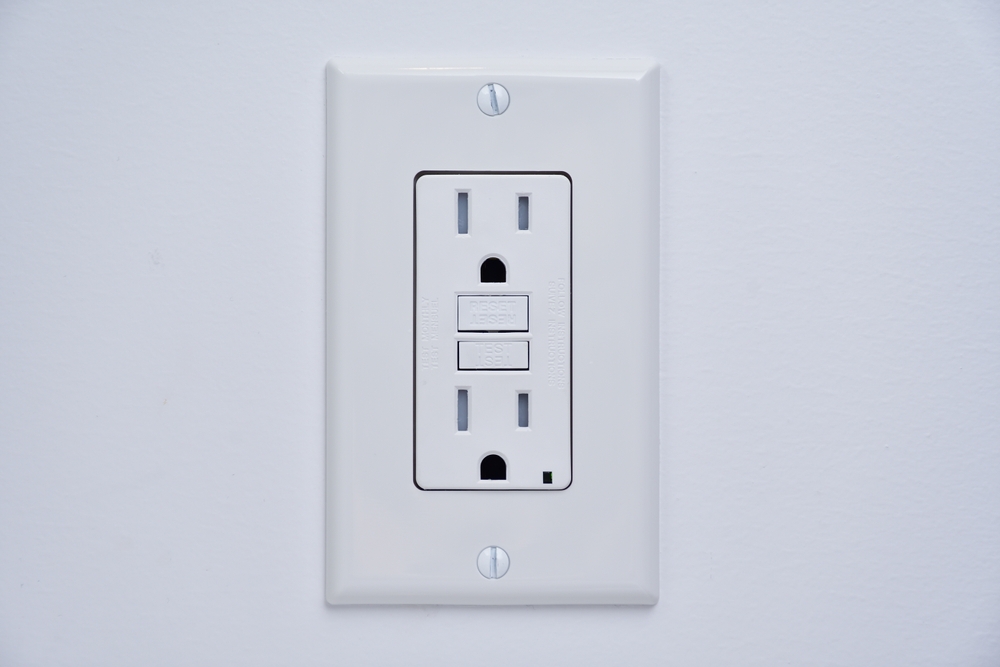Tamper Resistant Receptacles

If you’ve ever tried to plug something into an outlet in a newer home and found it oddly difficult, you’ve likely encountered a tamper-resistant receptacle (TRR). While they can be frustrating at times, these outlets are an important safety feature designed to protect children from electrical shocks.
When Did Tamper-Resistant Receptacles Become Required?
Tamper-resistant receptacles became a requirement in the 2008 National Electrical Code (NEC) for all new residential construction. The rule was added to help prevent accidental electrocution, particularly in young children. Since then, they have become a standard feature in new homes and renovations that require electrical updates.
Why Are Tamper-Resistant Receptacles Required?
According to the National Fire Protection Association (NFPA), thousands of children suffer electrical burns or shocks each year from inserting objects—like keys, hairpins, or paperclips—into standard electrical outlets. Traditional plastic outlet covers or safety plugs were commonly used as a childproofing solution, but these could be easily removed by children or forgotten entirely.
Tamper-resistant receptacles have built-in safety mechanisms that only allow electrical prongs to make contact when equal pressure is applied to both slots simultaneously, preventing children from inserting foreign objects.
The Frustration for Homeowners
While tamper-resistant receptacles are a great safety feature, they can sometimes be frustrating to use. Many homeowners notice that plugging in cords requires more force than with standard outlets. This is because the internal safety shutters only open when both prongs of a plug are inserted evenly, meaning:
- Lightweight or worn plugs may not always engage properly.
- Angled insertion can cause the shutters to remain closed.
- Thicker or older plugs may be more difficult to push in.
This design is intentional, as it prevents single-prong entry, but it can be an annoyance—especially in high-use areas like kitchens and offices.
Tips for Easier Use
If you’re struggling with TRRs, try these tips:
- Insert plugs straight in – Avoid angling the prongs, as this can keep the shutters engaged.
- Use plugs with firm, straight prongs – Bent or lightweight prongs may not make proper contact.
- Apply even pressure – A slow, steady push works better than forcing one side in first.
- Check for debris – Dust or dirt in the receptacle can make insertion more difficult.
Final Thoughts
Though they may be slightly inconvenient at times, tamper-resistant receptacles offer a significant safety improvement over standard outlets. If you’re experiencing difficulty using them, a little patience and proper technique can go a long way. And if you’re ever unsure about your home’s electrical system, consulting a qualified electrician or home inspector can help ensure everything is up to code and functioning correctly.
